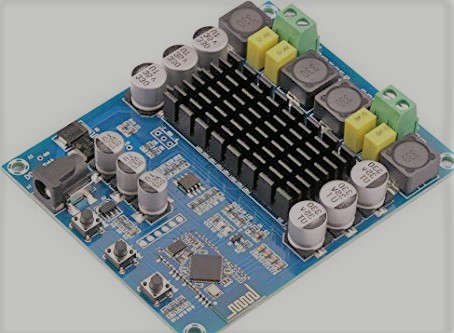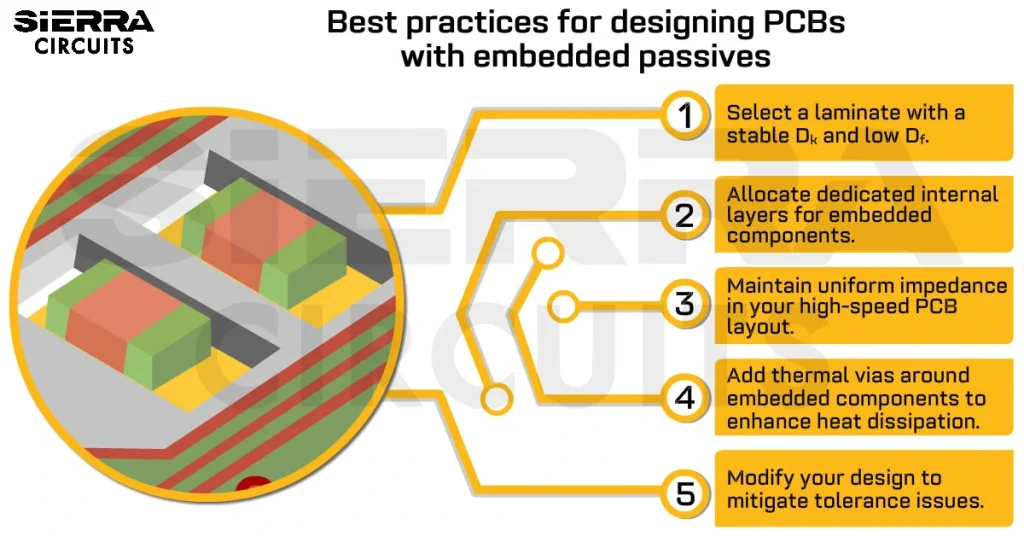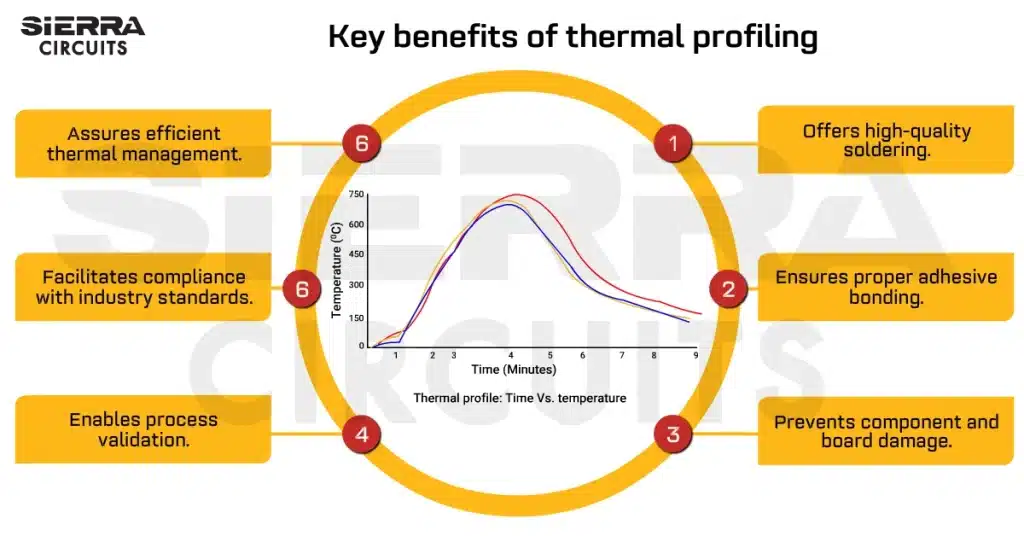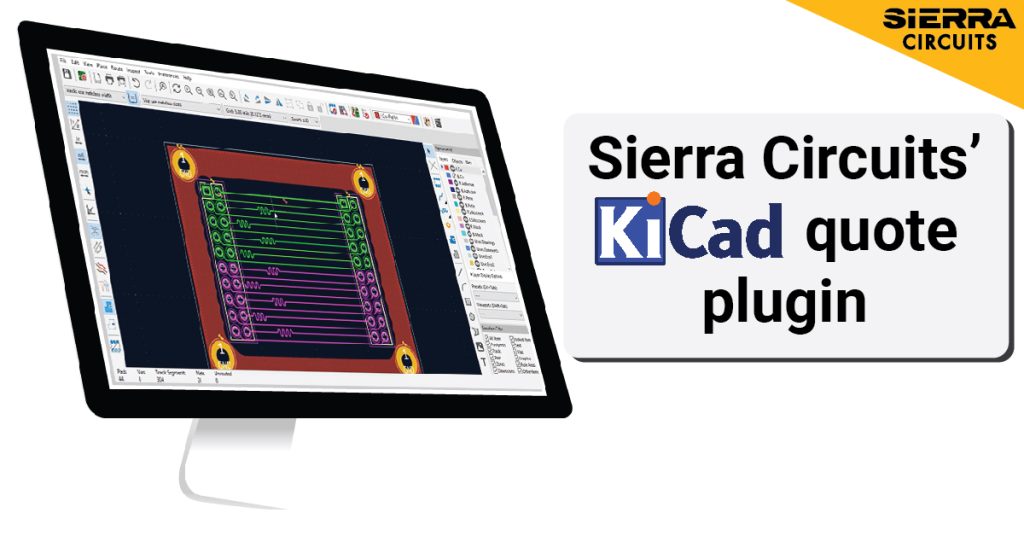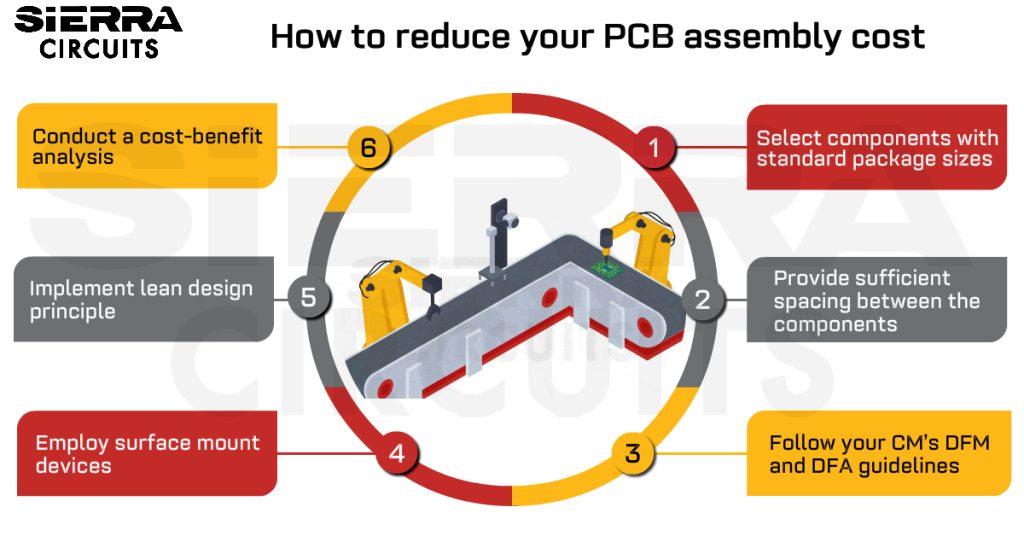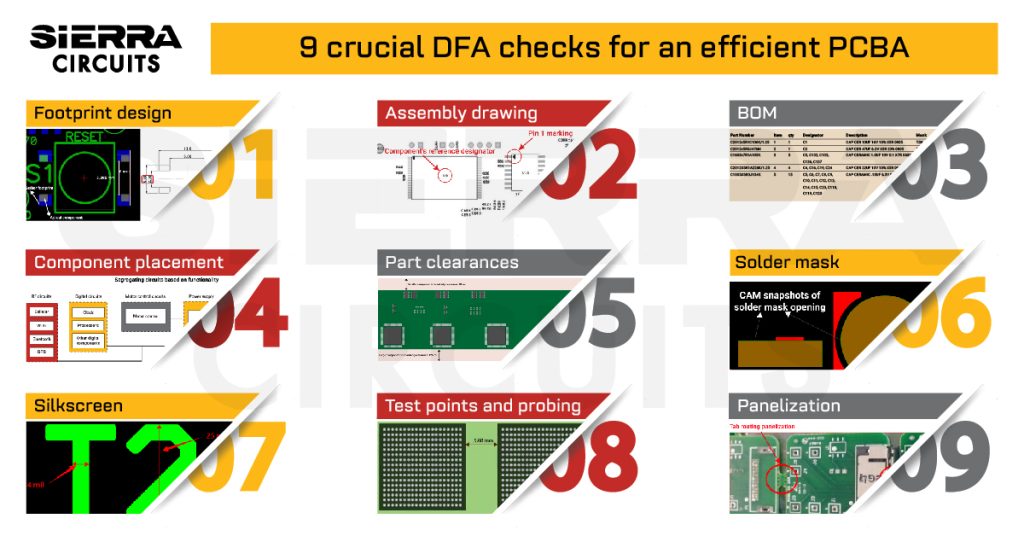Contents

On-demand webinar
How Good is My Shield? An Introduction to Transfer Impedance and Shielding Effectiveness
by Karen Burnham
Composite amplifiers have been a part of electronic PCB designs for a long time, particularly in applications involving audio devices. However, there is a growing importance to revisit and reinvent the good and the bad of composite amplifiers. Diversified features of composite amplifiers are the major reasons for their increasing popularity, which are critical in various electronic circuitries.
Several manufacturers are making serious efforts in widening the scope of composite amplifiers. The key features of these new age composite amplifiers include superior performance levels and higher flexibility. Let us get familiar with the term composite amplifiers.
The composite amplifier is termed as a combination of multiple operational amplifiers that are cascaded together with a feedback loop. These feedback loops are negative in nature, thus they are also termed as a nested-feedback amplifier. Negative feedback helps to reduce fluctuations in the output. These fluctuations may occur due to changes in the input or by external disturbances. Some functions of the output of a system are fed to the input, thus achieving negative feedback.
Exclusive Features:
Composite op-amp exhibit properties such as higher gain, boosted slew rates, and lower distortion. A composite op-amp is also be termed as electronic circuitry that is placed at the input and the output of an op-amp. The composite amplifier enhances the overall performance of electronic circuitry. Thus, a composite op-amp can be a variety of things. The composite op-amp is capable of enhancing performance levels of overall circuitry with the help of negative feedback.
The Pros of Composite Amplifiers
Composite op-amp brings the best of both worlds with excellent DC and AC characteristics. These amplifiers offer several advantages over other types of amplifiers. We analyzed the DC performance of composite amplifiers and came to several conclusions. A combination of op-amps gives us the best qualities by embarking superior DC performance levels. For instance, two op-amps used in tandem, where one op-amp is in the feedback loop, the composite is capable of retaining the DC characteristics of the first input amplifier. Additionally, the composite structure enhances the load driving capability of the electronic circuitry. While, the feedback loop improves DC accuracy as well, thus removing noise within the circuit. Power amplifiers require such high-end features. Increasing the adoption of the composite op-amp in power amplifiers is expected to drive product demand over the coming years.
DC and AC Analysis
Power amplifiers typically use thermal feedback loops, thus causing serious errors while driving heavy loads. These errors occur due to self-heating. The use of the composite can remove such errors and improves the performance of the circuitry. The composite amplifiers also offer better DC output-offset. The excess of the load placed on the output transistors does not affect offset voltage. Furthermore, the composite limits the use of zero adjustment pot, thereby liming excess of component cost. These components provide an efficient slew-rate boost. The gain of the feedback amplifier is multiplied by the slew-rate to achieve an efficient lew-rate boost.
The Cons of Composite Amplifiers
A negative feedback loop severally reduces the overall gain of the circuit. This further causes the weakening of the signal at the output. Additionally, the negative feedback loop in the electronic circuits can increase output resistance, particularly in cases related to current shunt and current series feedback amplifiers.
However, the advantages of these amplifiers currently weight higher than that of its disadvantages. Power amplifiers are gaining traction in the microwave as well as RF applications, owing to the highly stabilized gain and better offset output voltage. Over the coming years, we will witness wider applications of composite amplifiers.

Design for Manufacturing Handbook
10 Chapters - 40 Pages - 45 Minute ReadWhat's Inside:
- Annular rings: avoid drill breakouts
- Vias: optimize your design
- Trace width and space: follow the best practices
- Solder mask and silkscreen: get the must-knows





